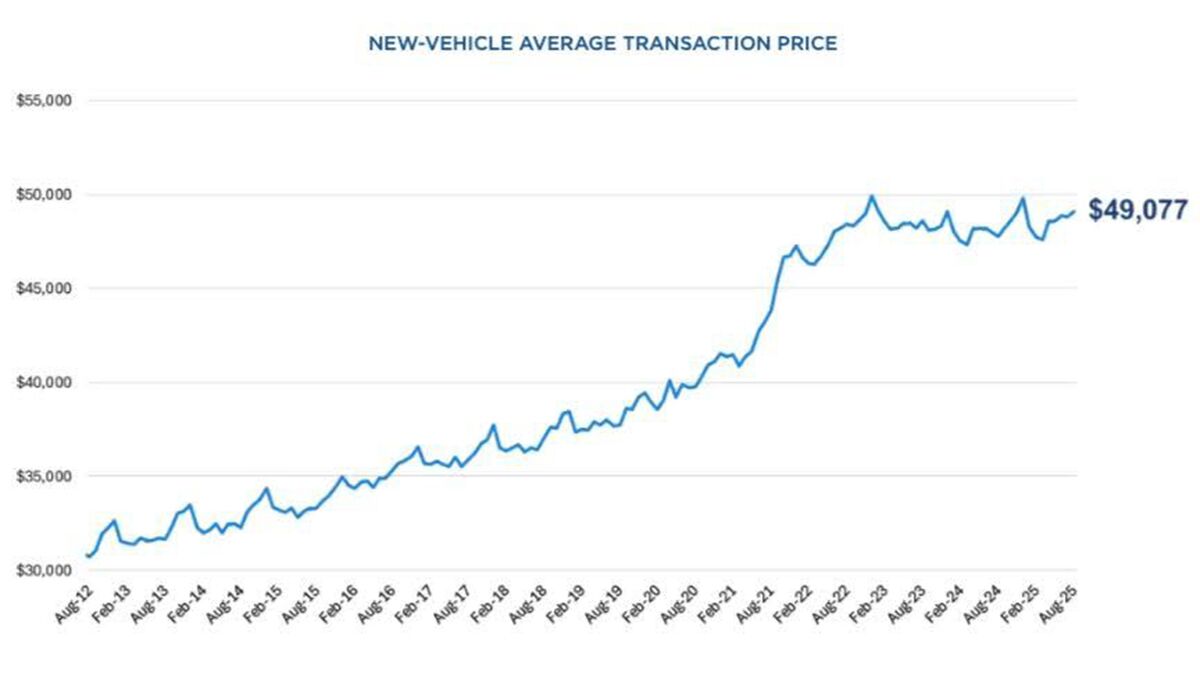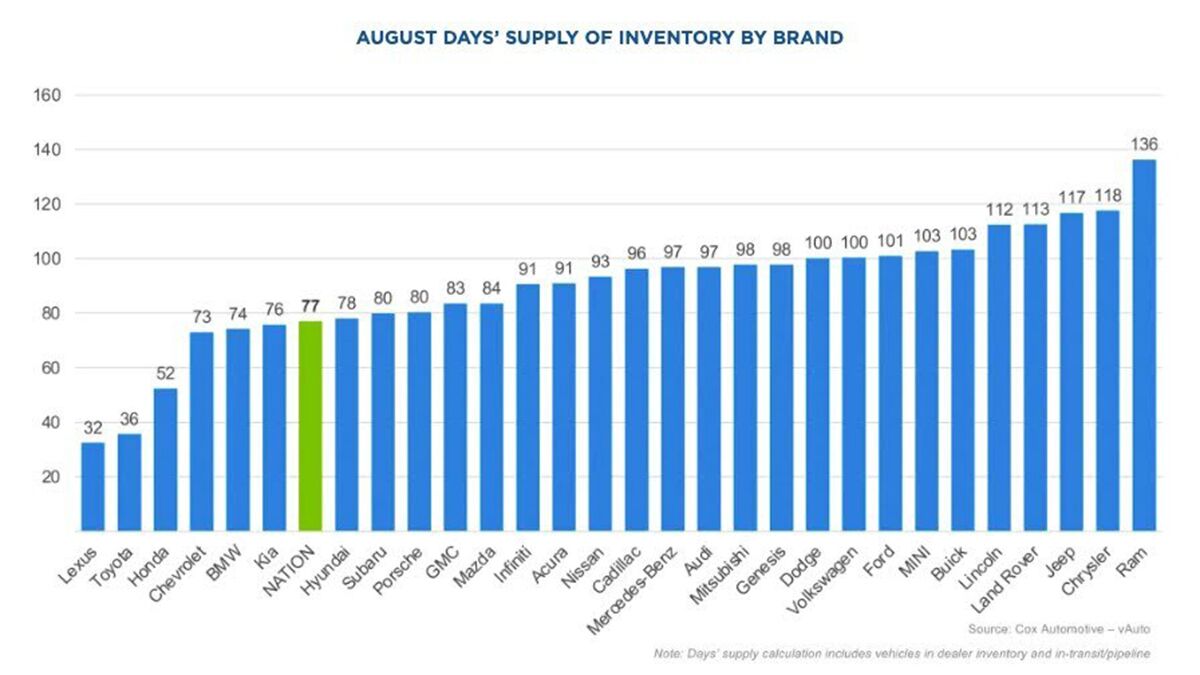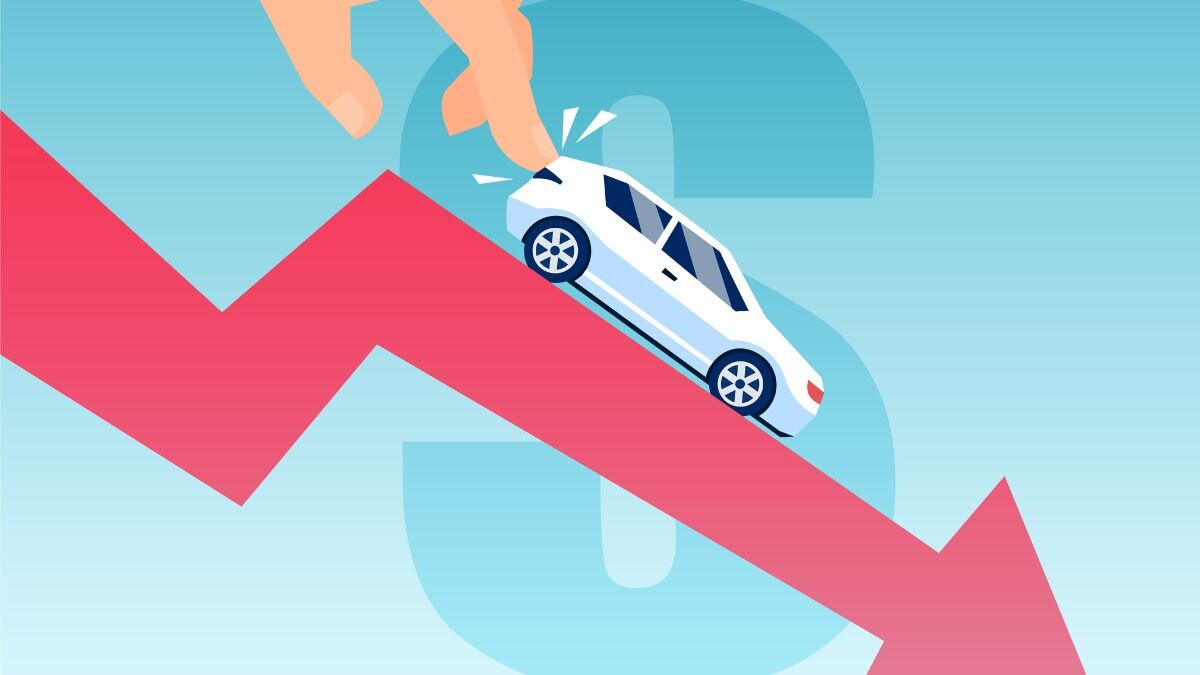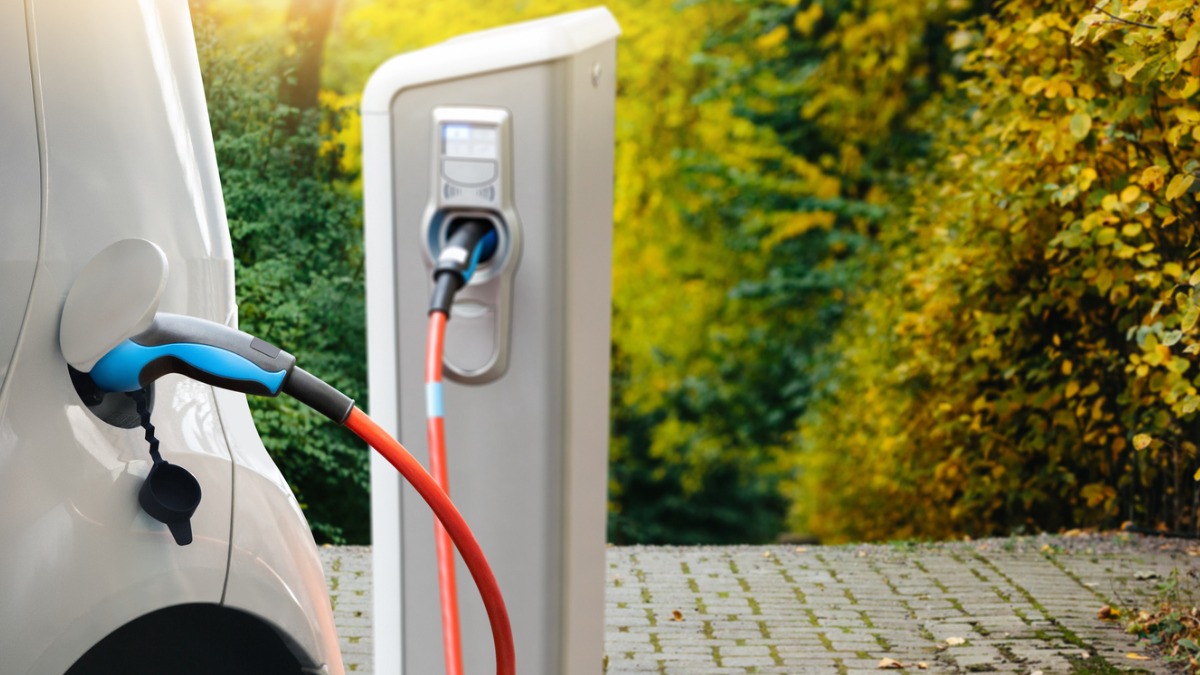Quick Facts About New Car Prices
- Car prices are edging higher, but dealer incentives are keeping them in check.
- Cox Automotive’s Erin Keating says increases are at a measured pace, rather than a seismic shift.
- Prices remain about $10,500 higher than five years ago.
- Shoppers could find great deals on overstocked cars from brands like Land Rover, Ram, Lincoln, Audi, and Mitsubishi, but not necessarily on understocked Toyota, Lexus, and Honda vehicles.
If you’re in the market for a new vehicle, don’t expect to see car prices dropping anytime soon. The good news: They’re not climbing as high as feared, even with new tariffs in play. Car industry experts expected a surge in prices due to lower inventory, fewer incentives, and added tariffs. While a sharp spike hasn’t happened, new car prices are edging higher as 2026 models roll in and automakers work to offset higher costs.
According to experts at Kelley Blue Book parent company Cox Automotive, the majority of carmakers posted price increases in August. The average manufacturer’s suggested retail price (MSRP) for new vehicles in August was $51,099, up month over month and 3.3% year over year, the largest gain of 2025 so far. Despite higher prices and market uncertainty, retail sales climbed 2.5% compared to levels a year ago.
Read on for expert insights into what’s driving the current pricing pressure and what you need to know if you’re planning to start your search or buy a car now.
- New Car Prices Increase Modestly
- New Car Inventory Update
- Shop Around for the Best Offer on Your Trade-in
- The Higher Costs of Car Insurance
- What to Expect: Looking Ahead
New Car Prices Increase Modestly

Even as the sales pace began slowing, Kelley Blue Book data shows the average transaction price (ATP) was $49,077 in August, up 0.5% from the month earlier. It rose 2.6% from a year ago. Incentives to attract shoppers to new vehicles remained above $3,500 but softened slightly, falling to 7.2% of ATP from 7.3% in July.
With August ATP at $49,077 versus $38,563 in July 2020, prices are about $10,500 higher than five years ago, as the COVID-19 pandemic gripped the nation.
“While new-vehicle prices continue their upward trajectory, the pace of change remains relatively measured, more a gradual correction than a seismic shift,” said Cox Automotive Executive Analyst Erin Keating. “Costs are clearly increasing, for automakers, dealers, and buyers alike. This month’s increase aligns with our expectations, reflecting a market that’s adjusting to new production realities and consumer preferences without tipping into volatility.”

The volume-weighted average transaction calculation reflects all the car market realities, including high-volume vehicles, like pricey pickup trucks, influencing the number. For example, the report shows that full-sized pickups posted an average transaction price of about $65,602.
Electric vehicle prices in August were mostly unchanged year over year, lower by 0.1%. Consumers paid an average transaction price of an estimated $57,245, up 3.1% from July. The nation’s largest electric vehicle (EV) seller, Tesla, saw average transaction prices drop 5.5% year over year to $54,468. Its share of all EV sales in the United States fell to 38% in August.
“The one constant in the automotive business is that fresh product sells well. While Tesla’s Model Y update has slowed the company’s sales decline, it’s not getting easier for the EV pioneer because the market is now flooded with all-new, fresh EVs from mainstream competitors — consumers have more choice than ever,” said Cox Automotive Senior Analyst Stephanie Valdez Streaty. “The current surge in EV sales is being driven by product innovation, motivated dealers, and an urgency ahead of the IRA tax credit phase-out.”
What Drives New Car Prices
- Inventory availability
- Manufacturer incentives
- Dealer discounts
- Trade-in vehicle value
New Car Inventory Update

According to Cox Automotive’s vAuto Live Market View, new car inventory is gradually increasing as 2026 models arrive and measures to encourage EV purchases take effect. Dealerships began September with a 77-day supply of vehicles, a 4.1% increase from August, but still 3.9% below last year’s levels.
Dealerships track the number of new vehicles they have on hand to sell using a metric called “days of inventory,” or how long it would take them to sell out at today’s sales pace if they stopped adding new vehicles.
If you’re out shopping right now, you’ll likely find plenty of vehicles from Ram, Chrysler, Jeep, Land Rover, Lincoln, and Audi, though you’re less likely to find the exact model you may want from Lexus, Toyota, and Honda. Those carmakers have fewer vehicles in stock at dealerships overall.
As next-model-year vehicles start pouring in, dealerships need to push out the 2025 vehicles. It may be until early 2026 before we see substantial price increases from the cost pressure on automakers due to tariffs.
Shoppers heading out to purchase a new vehicle should closely monitor dealership pricing amid fluctuating tariffs. While automakers set the stage for pricing, dealers ultimately close deals. They could easily add markups or higher dealer fees to compensate for any losses they could incur due to tariffs along the way.
For now, we suggest new car buyers search for incentives and cash-back deals and expand their shopping boundaries to find the right deal for their budget. Qualified buyers with stellar credit will discover low-interest-rate offers and lease deals, including on electric vehicle models, some of which lose the $7,500 federal tax credit on September 30.
Creditworthy buyers can secure deals on SUVs, like a 2025 Nissan Rogue or Kia Sportage, with 0% APR financing for up to 60 months, good through September 30. Additionally, $1,750 cash back is available.
Shop Around for the Best Offer on Your Trade-in
Trade-in value is another factor driving car prices. A lack of used vehicle stock has kept those prices higher, giving credence to the idea that buying a new vehicle could sometimes be cheaper than purchasing a certain used model, only a few years old. As a result, it’s still a great time to trade in your car.
Dealers value your trade-in partly based on what they need in stock. On the flip side, they’re more likely to offer an excellent deal to buyers on a car that fewer people are looking for currently. In other words, a car shopper trading a 2018 Honda Civic for something else will be much happier with the trade-in appraisal than one with a 2021 Jeep Grand Cherokee.
Car buyers should prepare to shop their trade-in around. It’s slightly more complicated to pull off, but selling your old vehicle to one dealership and buying your new car from a different one may make sense if the final invoice numbers work out in your favor. Use the Kelley Blue Book Instant Cash Offer tool to shop your trade-in vehicle at nearby dealerships. When you let the deals come to you, selecting the best trade-in offer for your situation is easier. Remember, you can always negotiate the offer, and pitting one offer against the other is not unheard of when shopping around for a vehicle.
The Higher Costs of Car Insurance
With tariffs on imported cars and some car parts, it’s likely that auto insurance rates will climb higher, even as car owners are already stretched to their limits on insurance costs. According to the Bureau of Labor Statistics, car insurance costs were 4.7% higher in July than a year earlier. Bankrate says car insurance costs an average of $2,671 a year for full coverage. Full coverage, called comprehensive car insurance, covers natural disasters like wildfires, hurricanes, floods, and accidents. Before you seal the deal and sign anything for a new vehicle, compare quotes for car insurance.
What to Expect: Looking Ahead
Inventory is still below last year’s, but rising sales and prices signal a resilient market. Early 2025 saw inventories dip as buyers rushed purchases ahead of expected tariff-related hikes, while the second half shows disciplined restocking focused on profitable, high-demand models. In Q4, watch automakers fine-tune production, manage costs, and run targeted promotions as consumers weigh new incentives against higher retail prices.
RELATED: Bad Credit Car Loans: Everything You Need to Know
What to Do if You Need a Car Now
If shopping now, look for remaining 2025 models that car dealerships want to sell quickly to make room for the incoming 2026 vehicles. Manufacturers appear to be holding the line on sharply increasing prices due to tariffs, and that’s great news if you’re in the market to buy a new car right now. Before buying:
- Research your options and expand your boundaries if needed.
- Look for deals, especially on 2025 models, as 2026 vehicles start pouring in.
- Shop ahead for a car loan if you’re not paying cash.
RELATED: Paying Cash for a Car in 2025: Consider the Pros and Cons
Editor’s Note: This article has been updated since its initial publication.








